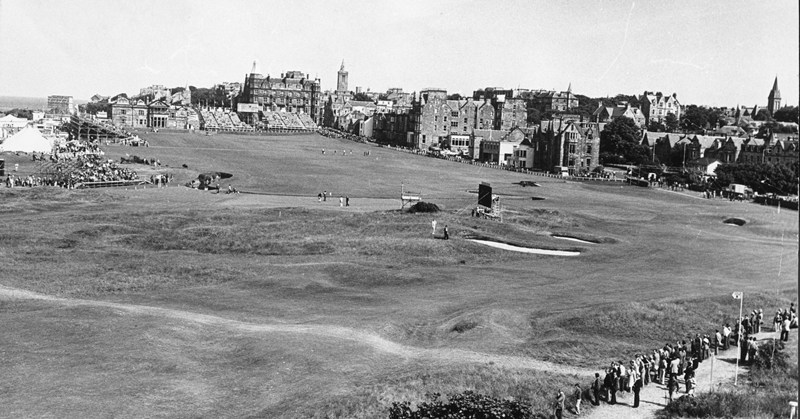Arbroath Abbey, the Forth Bridge and the town of St Andrews could join the Taj Mahal, the Great Wall of China, The Statue of Liberty, The Great Pyramids and Red Square in gaining UNESCO World Heritage Status.
Six locations across Scotland have answered the UK government’s call and will join 32 others from across the UK including the Overseas Territories and Crown Dependencies.
An independent expert panel will now be set up to assess each bid with a new list of potential sites drawn up for submission to UNESCO in 2011.
Whoever wins will also join several sites around Scotland St Kilda, Old and New Towns of Edinburgh, Heart of Orkney and New Lanark.
Scottish Secretary Michael Moore said, “All these sites have something special that draws people to them and they are recognisable across the world.
“I am delighted that so many of Scotland’s attractions have stepped forward and answered the UK Government’s call for world heritage status.
“Scotland has a rich history that we should all be proud to celebrate. We have a world class heritage which contributes heavily both to the Scottish economy as well as to the local economies.
“To be successful in a UNESCO bid would be a great boost to Scotland’s economy and very welcome as we move forward from the recession and begin to rebuild our economy.”
The six Scottish sites are:Arbroath Abbey. Buildings of Charles Rennie Mackintosh, Glasgow. The Flow Country. The Forth Bridge. Mousa, Old Scatness and Jarlshof: The crucible of Iron Age Shetland. St Andrews, medieval burgh and Links.There are 28 World Heritage Sites in the UK and its overseas territories, among 851 across the world.
All nominations from Britain are taken from the UK Tentative List, a shortlist of sites, updated every 10 years, which are recognised as being of outstanding value.
Fife depute council leader Elizabeth Riches said the opportunity to apply is only opened once every 10 years and she was delighted to see the pair put forward.
“It’s fantastic and absolutely right that we make these applications,” she said.
“It just goes to show what an extremely special place Fife is when we can apply to have two sites considered.”
Jim Tolson, MSP for Dunfermline West, espoused the significance of the Forth Bridge, saying it is a “feat of magnificent engineering from the 19th century-it has certainly stood the test of time.
“It is a fitting icon not only to the 19th century but also the 20th and 21st centuries.
“And with the Forth Replacement Crossing it adds weight to the argument needed for a visitor centre at the head of the three bridges so that people can better understand what is involved in the construction, maintenance and future of the three bridges.”
The 800-year-old Arbroath Abbey was the site of the signing of the Declaration of Arbroath in 1320 a letter to the Pope asking him to recognise Robert the Bruce as king of an independent Scotland.
Angus MP Mike Weir said, “Arbroath Abbey has an excellent case to be included in the list of internationally recognised sites.
“Not only is it a magnificent site in its own right but its association with the Declaration of Scottish Independence places it at the forefront of the development of western democracy.
“Should Arbroath Abbey ultimately be successful it will be a significant economic boost not only to the town of Arbroath but to the whole tourist economy of Angus.”
Angus Councillor Jim Millar, chairman of Arbroath’s World Heritage campaign, said, “This is excellent news and I’m obviously extremely delighted that we’ve got through to the next stage.
“We’ve worked extremely hard to make this happen. There has been a lot of fund-raising and work to raise awareness of the campaign.”
He went on, “The abbey is a site of such huge importance to Scottish history and we’re very keen to keep pushing this campaign.”
The government plans to submit a tentative list of sites to UNESCO next year with a view to making nominations in 2012.
